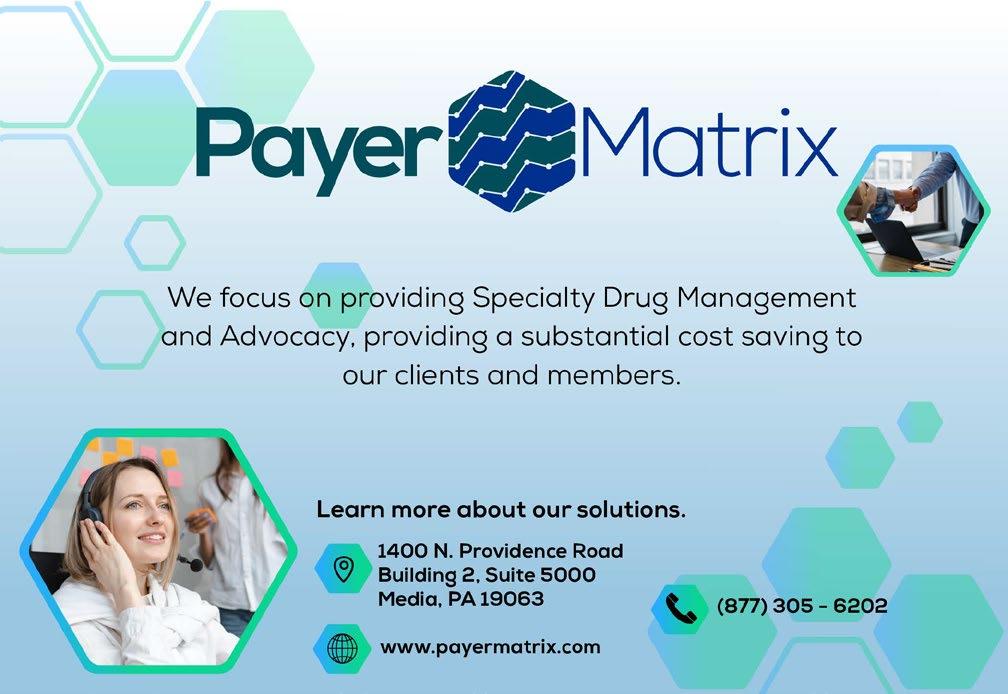
2 minute read
Bringing the Power of Consumerism to Healthcare
A first-of-its-kind healthcare SuperApp for self-funded plan sponsors that helps members make better decisions around quality medical care delivery, so everyone wins.
The only self-funded healthcare engagement platform of its kind.
Hercules Health rewards habitual app utilization by giving cash incentives earned through intelligent healthcare shopping tied to quality and cost. More app use equals more savings for members and plan sponsors alike.

Comprehensive Compliance
Hercules Health delivers best-in-class price transparency that is fully compliant with the Transparency in Coverage (TiC) and the No Surprises Act (NSA) rules and regulations.
The tax treatment of benefits paid under fixed indemnity health polices is well established and depends on whether the premium was paid on a pretax or after-tax basis.
• If the premiums are paid on a pretax basis through employer contributions or employee pretax salary reduction through a cafeteria plan, determining if those benefits are taxable depends on the individual’s unreimbursed medical expenses. If the amount paid under the policy does not exceed the individual’s related unreimbursed medical expenses for the triggering event, then the amount received is not includible in the employee’s income. In other words, if a benefit is paid that is equal to or less than a medical expense for the triggering event, it doesn’t count as income and would not be taxable. However, if the amount received under the fixed indemnity policy is more than the individual’s related unreimbursed medical expenses, then the excess benefit or amount that exceeds the unreimbursed amount, is taxable.
• If the premiums for the policy are paid by the individual on an after-tax basis, then the benefits received are not subject to tax.
IRS Revenue Ruling 69-154 sets forth the excess benefit rule and includes some detailed examples. Under Revenue Ruling 69-154, determining the amount, if any, of taxable benefits under a fixed indemnity health policy paid for with pretax dollars involves a variety of factors which are known only to the employee, not the employer nor the insurer.
These factors include what other coverage the individual has, the total amount of medical expenses they incur, and the amount of reimbursed medical expenses they receive. If the employee has more than one fixed indemnity policy, such as a policy paid with post-tax dollars, the calculation may be more involved, as the employee may need to allocate expenses between the various policies. The employee will make this determination with their tax advisor when filing their personal income taxes for the year in question.

It should be noted that the December 2016 memo inadvertently used overly broad language that caused confusion around the long-standing “excess benefit rule”. The April 24, 2017 IRS memo clarified and reconfirmed the continued validity of the “excess benefit” rule set forth in Rev. Rul. 69-154 – i.e., that only “excess benefits” under fixed indemnity health policies are taxable.
The April 2017 memo also has a helpful example of a traditional fixed indemnity health plan that pays fixed amounts on the occurrence of health events, such as a medical office visit or a hospital stay where the premiums for the policy are paid on a pretax basis through a cafeteria plan. The plan pays $200 for a medical office visit. If the covered individual’s unreimbursed medical cost as a result of the visit is $30, then $30 is excluded from the employee’s income and the excess amount of $170 is taxable.
Conclusion
Unfortunately, tax avoidance benefit schemes continue to exist. While federal agencies work to stop them, it is equally important for employers to know what to look for and how to avoid these schemes. To take advantage of the legitimate tax benefits for employer health plans, employers should employ the straightforward salary reduction arrangement under IRS Tax Code Section 125. While it does result in a reduction in takehome pay, it also offers real tax savings on the premiums compared to paying on a post-tax basis and benefits the employee in the form of desired insurance coverage.
The information in this article is provided for general informational purposes and is not provided as tax or legal advice for any person or for any specific situation. Employers and employees and other individuals should consult their own tax or legal advisers about their situation.









